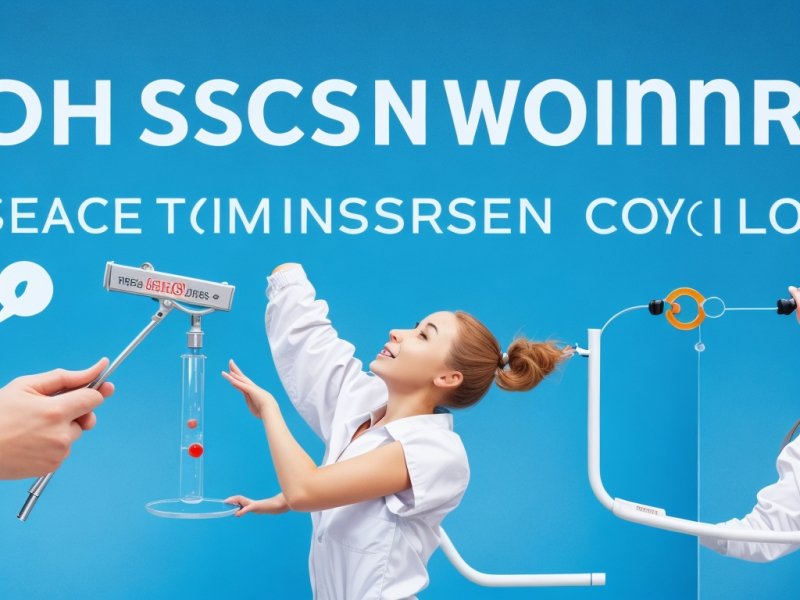
Motivation is the force that propels us towards our goals and drives us to take action. Whether it's pursuing a successful career, maintaining a healthy lifestyle, or achieving personal aspirations, understanding the science behind motivation is key to unlocking our full potential. In this blog, we delve into the fascinating world of motivation, exploring the psychological and neurological factors that influence our drive and how we can harness this knowledge to lead more fulfilling lives.
Motivation is deeply rooted in psychology, and understanding the underlying principles can shed light on why we behave the way we do. One of the fundamental theories is Abraham Maslow's Hierarchy of Needs, which explains that our actions are driven by a hierarchy of essential needs, ranging from basic physiological requirements to self-fulfillment. By recognizing where we stand in this hierarchy, we can identify the motivating factors that guide our behavior.
Motivation can be classified into two main types: intrinsic and extrinsic. Intrinsic motivation is the internal drive that stems from personal enjoyment, satisfaction, or a sense of purpose. On the other hand, extrinsic motivation comes from external rewards such as recognition, money, or praise. Understanding the interplay between these types of motivation can help us create an environment that nurtures our innate drive while leveraging external incentives when necessary.
Dopamine, often referred to as the "feel-good" neurotransmitter, plays a crucial role in motivation. It is released in our brain when we anticipate rewards, achieving goals, or engaging in pleasurable activities. By understanding how dopamine influences our behavior, we can adopt strategies to boost dopamine levels naturally, leading to increased motivation and productivity.
Goal setting is a powerful tool for motivating ourselves. However, not all goals are created equal. The SMART (Specific, Measurable, Achievable, Relevant, Time-bound) goal-setting framework can help us create well-defined and attainable objectives. We explore how breaking down larger goals into smaller milestones and celebrating successes along the way can maintain motivation and momentum.
Procrastination is the nemesis of motivation. Understanding the psychological roots of procrastination, such as fear of failure or perfectionism, allows us to develop effective strategies to combat it. We discuss practical tips to boost productivity and regain focus when motivation falters.
Our surroundings have a significant impact on our motivation levels. Creating an environment that encourages positivity, collaboration, and growth can lead to increased motivation and better performance. We explore the impact of workplace culture, social support, and lifestyle choices on our drive to succeed.
Understanding motivation is not only crucial for adults but also for nurturing intrinsic motivation in children. We explore how parents and educators can create an environment that fosters curiosity, creativity, and a love for learning, promoting lifelong intrinsic motivation in young minds.
Motivation is a complex interplay of psychological, neurological, and environmental factors. By understanding the science behind motivation, we can take control of our drive, boost productivity, and pursue our goals with renewed energy and enthusiasm. Embracing intrinsic motivation while leveraging external incentives when necessary, setting SMART goals, and cultivating a motivating environment are all powerful tools that can lead us to a more fulfilling and successful life. So, let's embark on this journey of self-discovery, unravel the mysteries of our motivation, and unlock our true potential.
Share This News